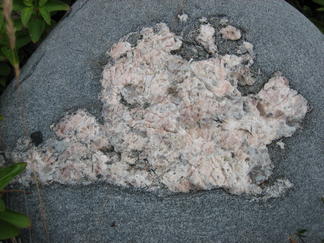What makes science different from politics?
That’s not the start of a joke, but it is a good jumping off point for a discussion of the latest publication on paleo-reconstructions of the last couple of millennia. As has been relatively widely reported, Mike Mann and colleagues (including Ray Bradley and Malcolm Hughes) have a new paper out in PNAS with an update of their previous work. And this is where the question posed above comes in: the difference is that with time scientists can actually make progress on problems, they don’t just get stuck in an endless back and forth of the same talking points.
[Read more…] about Progress in reconstructing climate in recent millennia
 The
The
 We often
We often